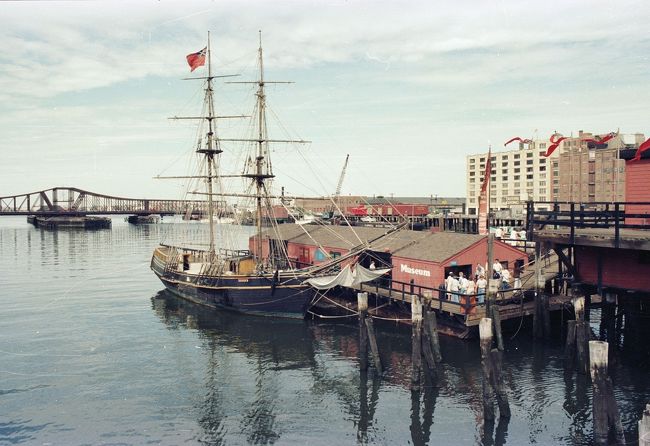
1978/06/15 - 1978/06/18
519位(同エリア759件中)
関連タグ
![]()
nomonomoさん
- nomonomoさんTOP
- 旅行記5305冊
- クチコミ9084件
- Q&A回答332件
- 6,537,292アクセス
- フォロワー104人
この旅行記のスケジュール
もっと見る
閉じる
この旅行記スケジュールを元に
Itinerary.
June, 1978.
6/3 21:30 Narita (NRT), 9:30 Honolulu (HNL)
6/4 HNL - San Francisco (SFO)
6/5 San Francisco
6/6 Stanford University, San Francisco
6/7 SFO - YYC (Calgary), Banff
6/8 Colombia Glacier Field, Banff
6/9 Moraine Lake, Banff
6/10 YYC (Calgary) - YUL (Montreal), Montreal
6/11 Montreal
6/12 Quebec (by bus), Montreal
6/13 YUL (Montreal) - YYG (Charlottetown), Charlottetown
6/14 Charlottetown
6/15 YYG (Charlottetown) - YHZ (Halifax), Halifax, YHZ - BOS, Boston
6/16 MIT, Harvard, Boston
6/17 Boston
6/18 Boston - New Haven (by Amtrack), New Haven
- 旅行の満足度
- 4.0
- 同行者
- 一人旅
- 旅行の手配内容
- 個別手配
-
ボストンで行ったところは,まず,
MIT.マサチューセッツ工科大学 建造物
-
The Great Dome, MIT の前の芝生で。
マサチューセッツ工科大学 建造物
-
関係する施設。わかるかな。
-
Harvard University Memorial Hallにも行きました。
ハーバード大学 メモリアルホール 現代・近代建築
-
ハーバードの駐車場。
-
John Hancock Tower に上りました。
川向こうがMIT。ジョン ハンコック タワー 建造物
-
View from John Hancock Tower.
中央の緑の公園がボストン・コモン。 -
View from John Hancock Tower.
-
Trinity Church
トリニティ教会 寺院・教会
-
Paul Revere House.
ポール リビアの家 建造物
-
街角。
-
Little Italy.
-
Benjamin Franklin と Old City Hall。
Old City Hall 史跡・遺跡
-
south station。鉄道の駅です。
サウスステーション バスターミナル バス系
-
現在もおなじ雰囲気。ただし,船は変わっている。
ボストン ティーパーティー シップス アンド ミュージアム 博物館・美術館・ギャラリー
-
Park Street Church
パーク ストリート教会 寺院・教会
-
Boston Common からみる Park Street Church.
ボストン コモン / パブリック ガーデン 広場・公園
-
Massachusetts State House View Boston Common
以上が1978年6月17日までの旅行でした。マサチューセッツ州議事堂 建造物
-
1978年6月18日、日曜日。ながい寄り道の最終レグです。
South Stationから列車で、New Haven を目指します。 -
View from John Hancock Tower のパンフレット。
-
Boston の案内図。
-
Boston の案内図。
-
ボストン案内。
1. Faneuil Hall
2. Bunker Hill Monument
3. Old North Church
4. Charlestown Navy Yard (Boston Naval Shipyard)
5. Old State House
6. Paul Revere House
7. Old South Meeting House -
ボストン案内。
A Beacon for Rebellion
In 1630, on the hilly peninsula the Indians called "Shawmut," an experiment was begun. Settlers from England, escaping the fear of religious persecution, came to Boston to worship in their own manner, to begin a life with new opportunities, and to "set a city upon a hill" ? an example to the world. A century and a half later the experiment begun here ? and now much changed ? reached back across the sea and reshaped not only England's future, but the world's.
The colonists who came to Shawmut were embarked on a business venture, but they brought with them rebellion, a mission, and a charter. They were Englishmen: industrious, educated, and bitter. Loyal to their king and Parliament, they had left their homeland to worship in their own way and crossed 3,000 miles of ocean to pursue their convictions in peace. Their charter, detailing their rights and privileges, eventually was to provide a means for changing a business company into a self-governing commonwealth in which free men had a voice in the affairs of the community.
It was an English town they established on Shawmut peninsula. Boston defined itself in a maze of cobblestoned streets, cowpaths, and wooden houses. It turned to the sea and began a thriving trade with England and the West Indies, and became a major English port whose wharves were piled with British cargoes. Smells of salted cod, spices, and timber and the wares of craftsmen gave flavor to the town.
But it was a town where the spirit of rebellion lived. The Puritans had left England dissenting from the Anglican Church, but persecution followed them to Massachusetts. Only a few years after their arrival the king and Archbishop of Canterbury, wishing to purge the Church of Puritans, demanded that the colony's charter be surrendered. The Puritan leaders refused to give up the document they believed protected their rights as Englishmen. They rejected the demands for their charter and when civil war in England brought the downfall of the king and the establishment of a Puritan commonwealth in England, the colonists saw the hand of God in their salvation. The success in retaining their charter reinforced the belief that their holy experiment had divine sanction.
A half century later Boston again resisted. Again their charter was threatened. The colony had progressed and developed independently of royal direction. But another king, determined to control the wayward colony, annulled the Massachusetts Bay
charter. The northern colonies were combined into the Dominion of New England under a single appointed governor. In 1688 England
was beset by strife. The Glorious Revolution put William and Mary on the throne of England, and Massachusetts was chartered as a royal colony under the sovereign. Once more resistance succeeded, and Massachusetts retained its separateness.
For over a century Boston played an active role in the British Empire; it carried the produce of the Empire in the colony's ships
and fought in England's wars against the Indians, the Spanish, and the French. The city grew prosperous through these years, but in 1763 the benevolent relationship between England and her colonies changed. The French and Indian War ended with Canada a part of the British Empire, but England was impoverished. While Englishmen in England had to pay high taxes, Englishmen in the colonies were
paying very little to support troops protecting them from the Indians on the frontier. It was only fair, thought Parliament, that the colonies should help pay for their own defense.
Parliament's attempts to tax the colonies were seen in America as threats to representative government and to the rights of Englishmen guaranteed to them by the Magna Carta. Resist-ance became open. Town meetings protesting the taxes were held in Faneuil Hall, and at Old State House John Hancock and Samuel Adams denounced the tax laws. Then in December 1773 protest came to a head at a town meeting in Old South Meeting House. Refusing to pay even a minimal tax on tea a group of patriots proceeded to the waterfront, boarded the British ships, and dumped cargoes of tea into the harbor.
Early the following year Parliament passed the Coercive Acts to punish Boston for destroying private property during its "Tea Party." The port was closed, the colony's charter powers curtailed, town meetings were restricted, and British troops were authorized to be quartered without consent in private homes. The colonies called them "Intolerable Acts," and in response a Provincial Congress met in Concord and a Continental Congress in Philadelphia.
Some leaders on both sides of the Atlantic urged reconciliation, but matters went from bad to worse. Gen. Thomas Gage, British governor in Boston, on April 19, 1775, ordered troops to Concord to seize military supplies stored there by the Provincial Congress.
Lanterns were hung in the steeple of Old North Church to warn the Charlestown militia of the British move. Paul Revere, William Dawes, and Dr. Samuel Prescott raced to warn the countryside.
Rebellion burst into armed conflict at Lexington Green, Concord's North Bridge, and in a running battle back to Boston. Patriots con-verged on the besieged British Army in Boston. Two months after the first shots, the Americans threw up earthworks on Breed's Hill behind Charlestown. The British landed troops near the site of the present Charlestown Navy Yard and in the Battle of Bunker Hill pushed the American soldiers out of Charlestown, but with disastrous results to themselves.
Boston was an occupied city after the Battle of Bunker Hill. In January 1776 Washington's troops dragged 60 tons of artillery captured from the British at Fort Ticonderoga through the dead of winter to Boston and fortified Dorchester Heights overlooking Boston. The British, unprepared for this development, evacuated the city on March 17, 1776.
In 1634 the Massachusetts General Court had "a beacon sett on the sentry hill at Boston, to give notice to the country of any danger." In 1775 Boston itself was a beacon guiding the colonies toward nationhood through revolution. -
Tea Party Ship のパンフレット。
-
Tea Party Ship のパンフレット。
この旅行記のタグ
関連タグ
利用規約に違反している投稿は、報告する事ができます。
旅行記グループ
アメリカ・カナダを2週間寄り道して New Haven へ。
-
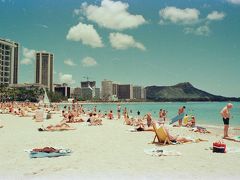
Waikiki Beach, Honolulu, 1978
1978/06/03~
ホノルル
-
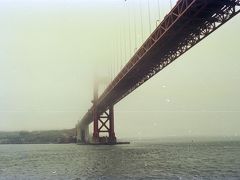
San Francisco and Stanford, 1978.
1978/06/04~
サンフランシスコ
-
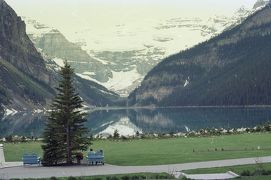
Banff, Lake Louise, Athabasca Glacier, 1978.
1978/06/07~
バンフ
-
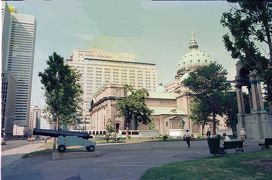
Montreal and Quebec City, 1978.
1978/06/10~
モントリオール
-
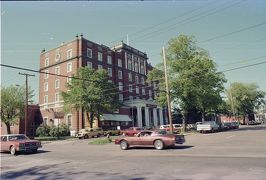
Charlottetown, Prince Edward Island, 1978.
1978/06/13~
プリンスエドワード島
-

Halifax, Nova Scotia, 1978.
1978/06/15~
ハリファックス
-
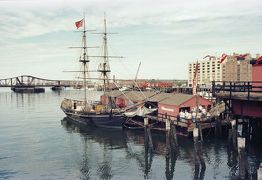
Boston and Cambridge (MIT and Harvard Univ.), 1978.
1978/06/15~
ボストン
旅行記グループをもっと見る
コメントを投稿する前に
十分に確認の上、ご投稿ください。 コメントの内容は攻撃的ではなく、相手の気持ちに寄り添ったものになっていますか?
サイト共通ガイドライン(利用上のお願い)報道機関・マスメディアの方へ 画像提供などに関するお問い合わせは、専用のお問い合わせフォームからお願いいたします。
この旅行で行ったスポット
もっと見る
ボストン(アメリカ) の旅行記
旅の計画・記録
マイルに交換できるフォートラベルポイントが貯まる
フォートラベルポイントって?


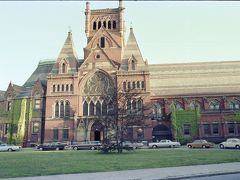

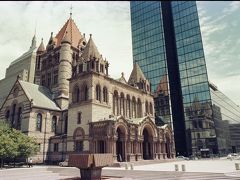
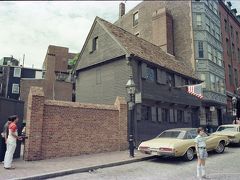

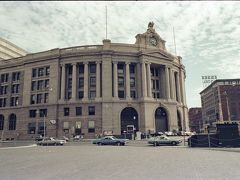
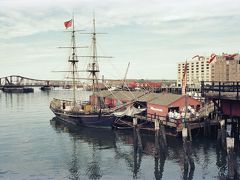


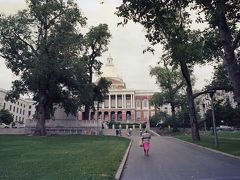




























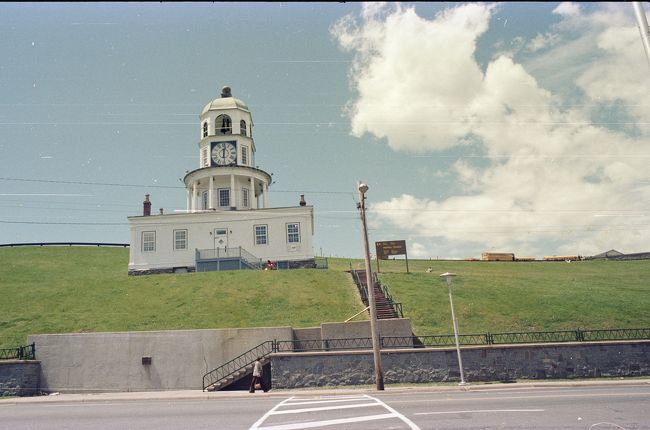
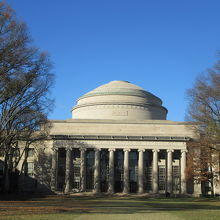
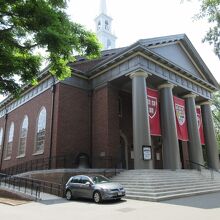
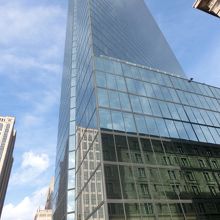
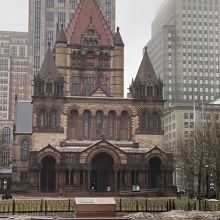
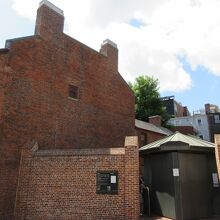
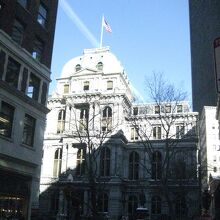
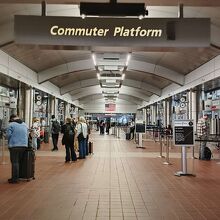
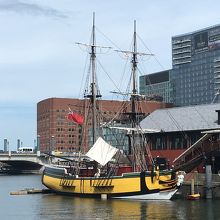
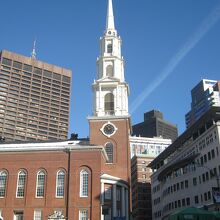

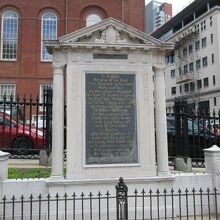




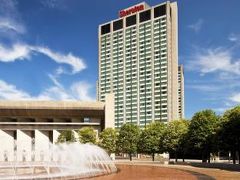

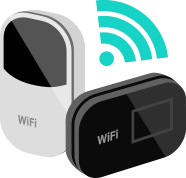


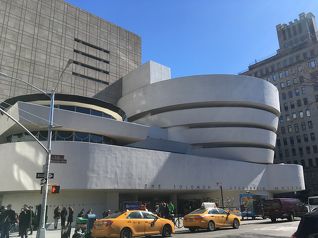


旅行記グループ アメリカ・カナダを2週間寄り道して New Haven へ。
0
26